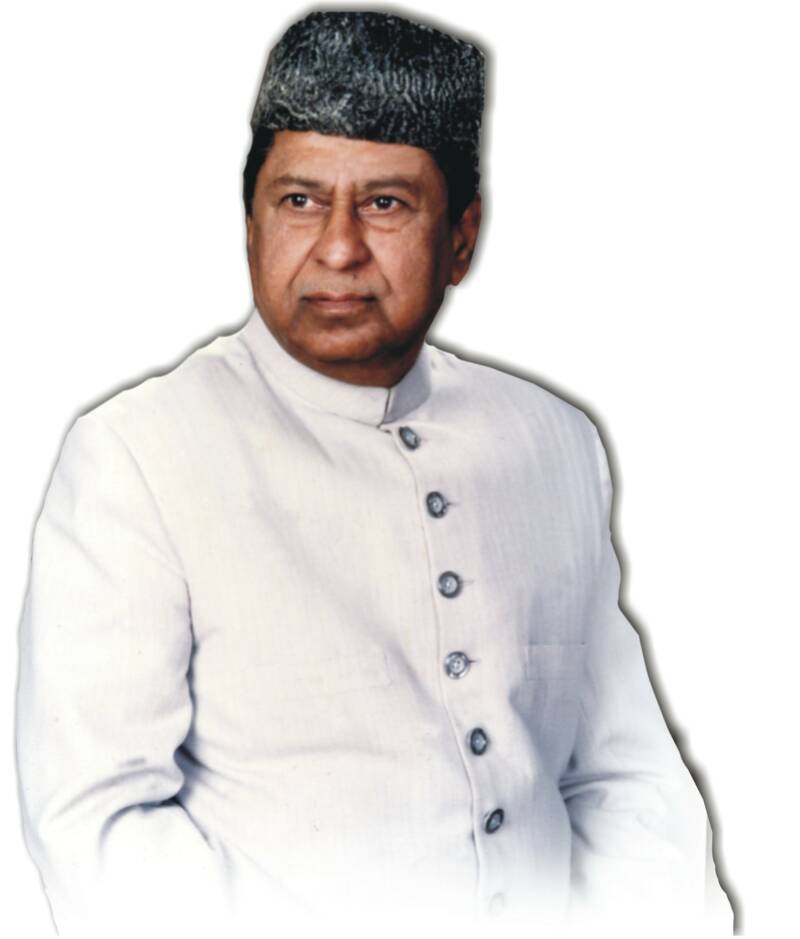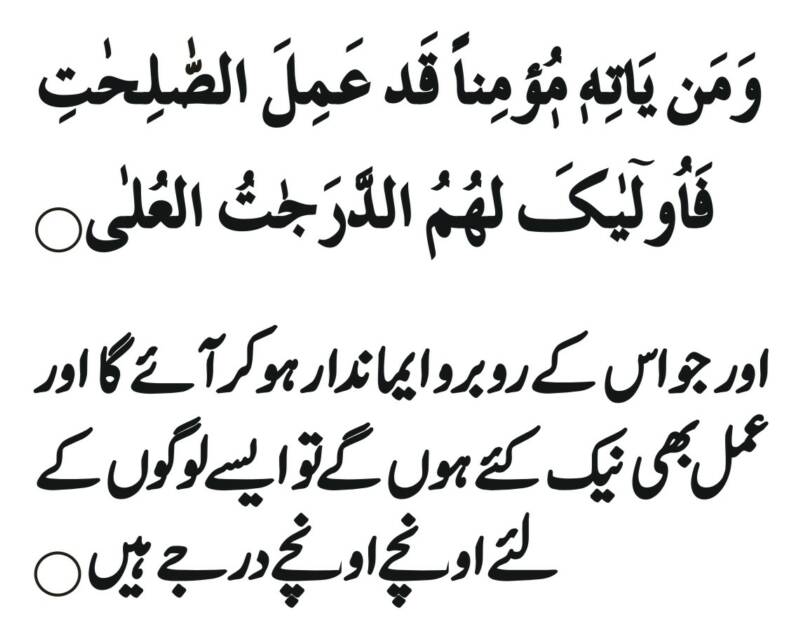An Outstanding
Historian and Author
The content on this page are taken with thanks from Dr. Ibtehaj Khurram's book
on Shah Baleeghuddin saheb (in print).
(Acknowledgement by Shah Baleeghuddin Foundation)
Shah Baleeghuddin saheb was among very few Islamic scholars from Pakistan and India, who had a very strong grip on the illustrious and vast Islamic History. He had an exceptional memory. Each historical event presented by Shah saheb was supported by references along with the names of Sahaba e Karaam. Not only that but he used to present a comparative analysis of the same event as written by different Arab historians. With such comprehensive knowledge, in-depth understanding of comparative analyses of history and the ability to reproduce history in its entirety, he was undoubtedly an authority on Islamic History in the sub-continent.
In his Khitab (speeches), he used to knit the historical events in a sequential and simple anecdotal manner with a fine blend of relevant Quranic verses and Ahadees e Mubaraka.
During his khitab,He used to keep a strong grip on his audience with his unique and inimitable style of delivery. When you hear Shah saheb's speeches, it seems like history is unfolding itself right in front of your eyes, such was the spellbinding and mesmerizing effect his listners experienced.
Besides Shah saheb’s excellent verbal prowess as an orator and presenter of highest standard, he was an exceptionally gifted author. Like his speeches his written work was also very attention grabbing and had an equally engrossing effect on readers. In his books he narrated historical facts in such an interesting and absorbing manner that even those not much in to religion and history would get attracted. Moulana Abul Ala Moudodi, one of the greatest mufassir and scholar rightly endorsed this fact in a letter to Shah saheb after reading his book Razm e Haq o Batil stating….”after reading the book, I prayed for you from the bottom of my heart that may God accept your effort for the Deen. You have presented an illustrious period of Islamic history in such an effective and motivating style that not only the reader would get to know the meaningful and significant events from our rich history but also they would generate strong Islamic sentiments in them. Moreover, people would read them with the same level of interest as they find in reading short stories and novels.”
Moulana Moudodi’s compliments to Shah Baleeghuddin saheb were so true that, all the 5 of his published books, Razm e Haq o Batil, Roshni, Tajalli, and Tooba were best sellers and are still in great demand. In a country like Pakistan, where 2nd edition of Urdu books is a rarity, shah saheb’s books have been published four to five times. Besides these editions there are a number of pirate editions of these books published in India, as Shah saheb has a huge fan following in South of the border as well.
Most of these books are based on his short speeches presented on his hit radio programs, Hamari Kahani Tareekh Ki Zabani and Roshni.
Another fascinating but somewhat hidden dimension of his personality was that during his early life, he was an excellent fiction and drama writer. He also wrote poetry of very high standard. His work was published in various prestigious journals of India before partition. After migration to Pakistan, he continued writing fiction and published his work in daily Anjaam, daily Hurriat, monthly Lail o Nahar, Sayyarah Digest and Urdu Digest.
After his focus shifted to Islamic History and Seerat e Tayyeba, SAW, he left writing fiction. However, he continued poetry though seldom in the form of Natia shairy. But his book, Tazkera e Usmanian was a deviation from his subject. After moving to Canada, he wrote a few sketches of his friends, who excelled in various fields and earned name. The common factor between all of those individuals was that they graduated from Usmania University, Hyderabad, one of the most prestigious university of India and Shah saheb's alma mater. But soon the number of articles expanded exponentially and this became a project of Shah saheb's great interest. He went on to write some 246 sketches of famous Usmanians and published all of these sketches in his book Tazkera e Usmanian, a voluminous book of around 1200 pages.
Although, Tazkera e Usmanian was a book focusing on Usmania University graduated but soon after it was published, it created a huge sensation within the literary circles in India and Pakistan. This book is considered by top critics of Urdu language as a classical contribution after the classic "Aab e Hayat" written by Muhammad Hussain Azad over a 100 years ago. The book was a best seller.
Besides Shah saheb’s excellent verbal prowess as an orator and presenter of highest standard, he was an exceptionally gifted author. Like his speeches his written work was also very attention grabbing and had an equally engrossing effect on readers. In his books he narrated historical facts in such an interesting and absorbing manner that even those not much in to religion and history would get attracted. Moulana Abul Ala Moudodi, one of the greatest mufassir and scholar rightly endorsed this fact in a letter to Shah saheb after reading his book Razm e Haq o Batil stating….”after reading the book, I prayed for you from the bottom of my heart that may God accept your effort for the Deen. You have presented an illustrious period of Islamic history in such an effective and motivating style that not only the reader would get to know the meaningful and significant events from our rich history but also they would generate strong Islamic sentiments in them. Moreover, people would read them with the same level of interest as they find in reading short stories and novels.”
Moulana Moudodi’s compliments to Shah Baleeghuddin saheb were so true that, all the 5 of his published books, Razm e Haq o Batil, Roshni, Tajalli, and Tooba were best sellers and are still in great demand. In a country like Pakistan, where 2nd edition of Urdu books is a rarity, shah saheb’s books have been published four to five times. Besides these editions there are a number of pirate editions of these books published in India, as Shah saheb has a huge fan following in South of the border as well.
Most of these books are based on his short speeches presented on his hit radio programs, Hamari Kahani Tareekh Ki Zabani and Roshni.
Another fascinating but somewhat hidden dimension of his personality was that during his early life, he was an excellent fiction and drama writer. He also wrote poetry of very high standard. His work was published in various prestigious journals of India before partition. After migration to Pakistan, he continued writing fiction and published his work in daily Anjaam, daily Hurriat, monthly Lail o Nahar, Sayyarah Digest and Urdu Digest.
After his focus shifted to Islamic History and Seerat e Tayyeba, SAW, he left writing fiction. However, he continued poetry though seldom in the form of Natia shairy. But his book, Tazkera e Usmanian was a deviation from his subject. After moving to Canada, he wrote a few sketches of his friends, who excelled in various fields and earned name. The common factor between all of those individuals was that they graduated from Usmania University, Hyderabad, one of the most prestigious university of India and Shah saheb's alma mater. But soon the number of articles expanded exponentially and this became a project of Shah saheb's great interest. He went on to write some 246 sketches of famous Usmanians and published all of these sketches in his book Tazkera e Usmanian, a voluminous book of around 1200 pages.
Although, Tazkera e Usmanian was a book focusing on Usmania University graduated but soon after it was published, it created a huge sensation within the literary circles in India and Pakistan. This book is considered by top critics of Urdu language as a classical contribution after the classic "Aab e Hayat" written by Muhammad Hussain Azad over a 100 years ago. The book was a best seller.



